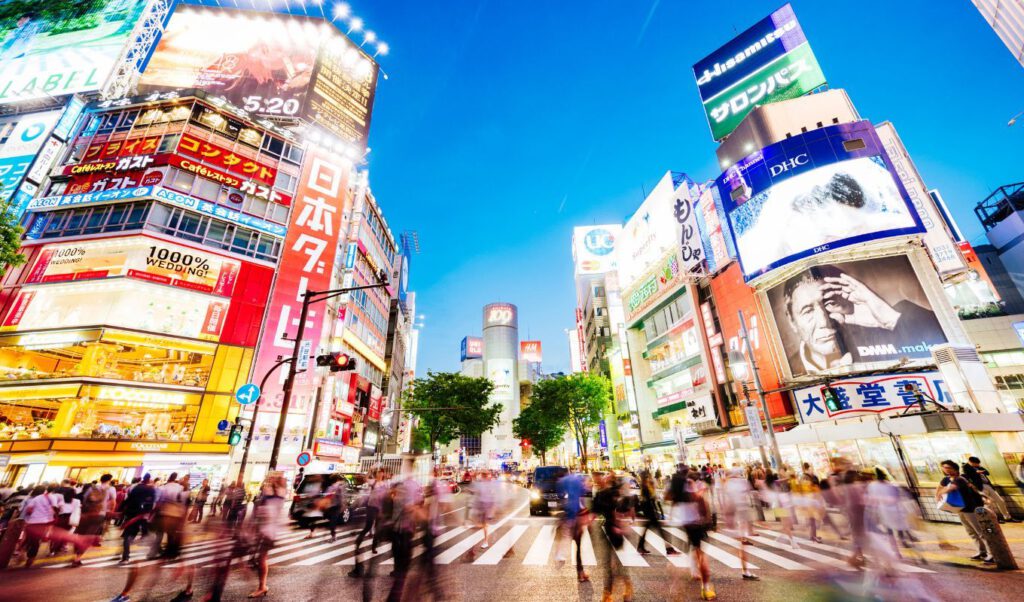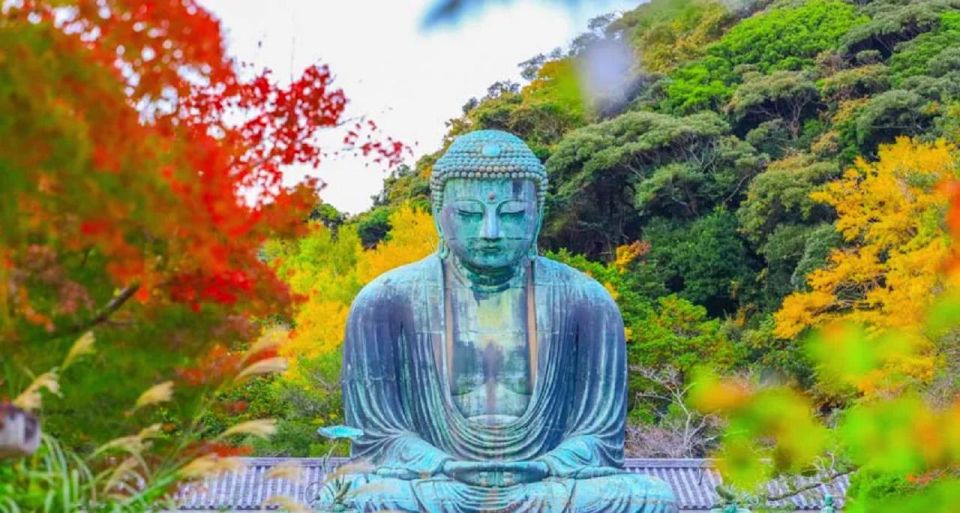Did you know that Shinto is considered one of the oldest religions in Japan, with over 80,000 Shinto shrines scattered across the country?
Explore the intricate world of Japanese culture, mythology, and lifestyle through the lens of Shintoism.
Uncover the hidden meanings behind ancient rituals, explore the mystical tales of deities, and witness firsthand how Shinto influences everyday life in Japan.
Stay tuned to unravel the secrets of this captivating spiritual tradition and its profound impact on Japanese society.
Key Points

- Shinto mythology provides moral lessons and explanations for natural phenomena.
- Shinto rituals emphasize purity and community participation.
- Shinto traditions influence Japanese customs and attitudes towards nature.
- Shinto shrines serve as sacred spaces for connection with the divine and cultural heritage.
Shintoism: The Essence of Japan
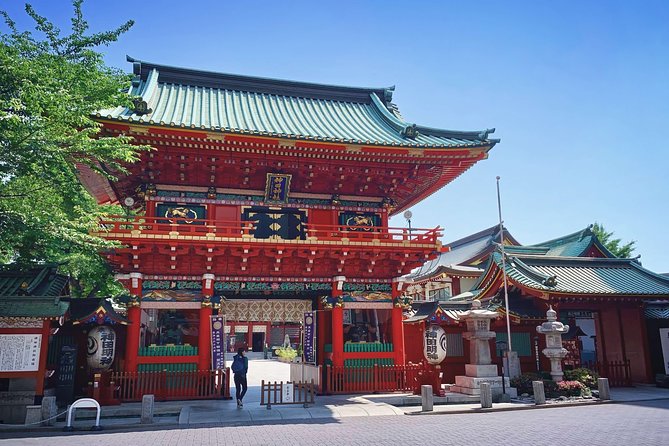
Shintoism, deeply rooted in Japan’s history and culture, serves as the foundational essence that shapes various aspects of Japanese society and beliefs.
Shinto festivals, known as Matsuri, play a significant role in the spiritual and social life of the Japanese people. These vibrant celebrations honor the kami (spirits) and showcase traditional music, dance, and rituals.
Shinto architecture, characterized by its simplistic beauty and close connection to nature, can be seen in the design of shrines scattered throughout Japan. Torii gates, symbolizing the transition from the mundane to the sacred, are a common feature in Shinto architecture.
The architectural elements reflect the reverence for nature and the belief in the presence of divine spirits in all things, emphasizing the harmony between humans and the natural world.
Mythological Tales and Deities
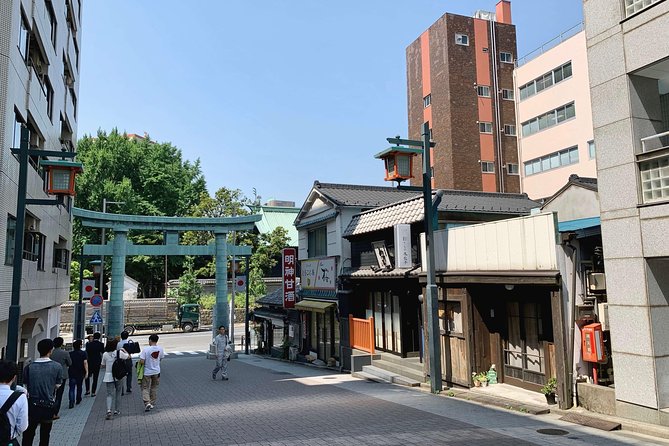
Mythological tales and deities in Japan’s cultural tapestry intertwine with everyday life, enriching the understanding of the spiritual realm and shaping societal customs. Deity stories play a significant role in Japanese cultural beliefs, offering explanations for natural phenomena and illustrating moral lessons.
One of the most prominent deities is Amaterasu, the sun goddess, whose significance extends to the Imperial family. Another well-known deity is Susanoo, associated with storms and the sea. These mythological tales not only entertain but also provide a framework for ethical behavior and social harmony.
Understanding these stories offers profound insights into the values and traditions that have been passed down through generations, reflecting the deep connection between mythology, spirituality, and daily life in Japan.
Rituals and Practices in Shinto
Exploring the vibrant tapestry of Shinto rituals and practices reveals a profound connection between spirituality and daily life in Japan.
-
Purification Rituals: Shinto emphasizes purity, and rituals like misogi involve purifying the body and spirit through water ablutions.
-
Praying Techniques: Worshipers often clap their hands to get the attention of the kami (spirits) before offering their prayers and wishes.
-
Embracing Nature: Shinto rituals frequently take place outdoors, highlighting the belief in the sacredness of nature.
-
Community Participation: Many Shinto rituals involve community participation, fostering a sense of unity and shared spiritual experience among believers.
Shinto Influence on Japanese Lifestyle
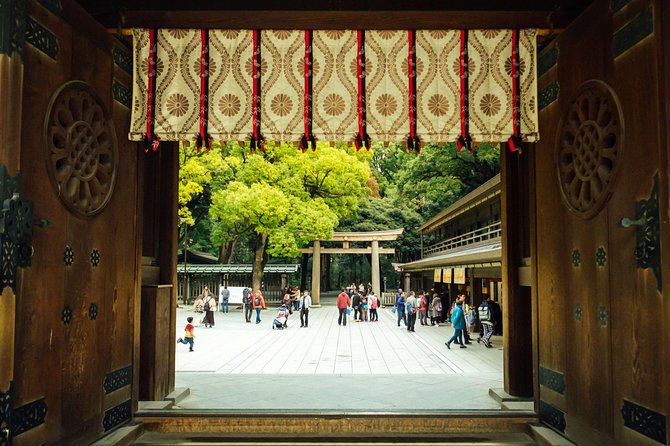
With its deep roots in Japanese history and culture, Shinto exerts a significant influence on various aspects of daily life for individuals residing in Japan. Shinto traditions are interwoven into Japanese customs, shaping behaviors and social norms.
For example, the concept of purity, central to Shinto beliefs, is reflected in practices like washing hands before entering certain spaces or participating in rituals. Respect for nature, a core tenet of Shintoism, influences Japanese attitudes towards the environment and wildlife.
Festivals celebrating Shinto deities are essential in the Japanese calendar, bringing communities together and fostering a sense of unity. From personal prayers at home altars to grand ceremonies at shrines, Shinto influences permeate Japanese lifestyle, emphasizing harmony with the divine and natural world.
Exploring Shinto Shrines in Japan
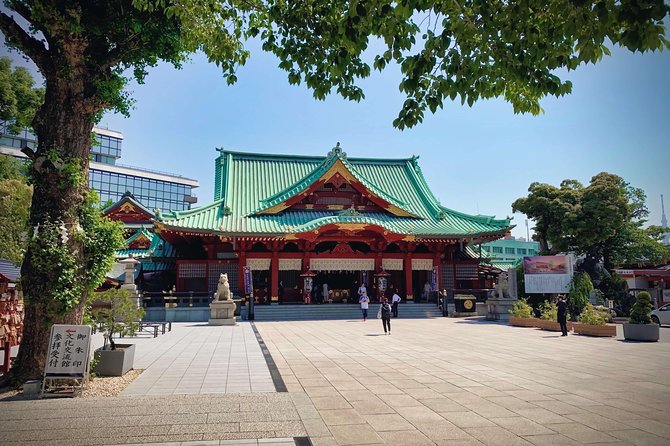
Shinto shrines in Japan serve as sacred spaces where you can connect with the divine and participate in traditional rituals.
-
Shrine Architecture:
Shinto shrines are characterized by their distinct architectural style, often featuring vermillion-colored torii gates, wooden structures with sloping roofs, and serene gardens. -
Cultural Significance:
These shrines hold deep cultural importance, reflecting Japan’s spiritual heritage and traditional practices. -
Ritual Practices:
Visitors can partake in rituals like purification rites, clapping to awaken the gods, and tying omikuji (fortune-telling strips) for guidance. -
Community Gatherings:
Shinto shrines are hubs for community events, festivals, and celebrations, fostering a sense of unity and shared tradition among locals.
Common questions
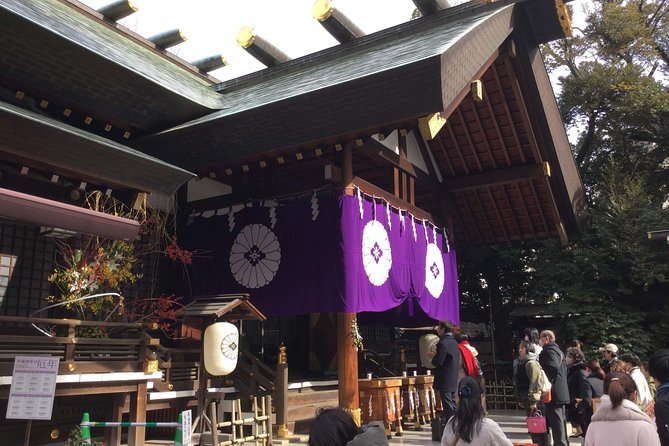
How Has Shintoism Evolved Over Time in Response to Modernization and Globalization in Japan?
Shintoism, influenced by modernization and globalization, has evolved by embracing technological advancements while preserving its nature connection. Regional variations persist, clarifying misconceptions. The impact of globalization has expanded its reach, fostering cultural exchange and understanding.
Are There Any Common Misconceptions About Shintoism That You Would Like to Address?
Misconceptions about Shintoism abound. Many confuse it with Buddhism or think it’s only about nature. Clarifications are crucial. Shintoism is a distinct Japanese religion focused on kami, rituals, and ancestral veneration, not solely nature worship.
How Do Shinto Beliefs and Practices Influence Japanese Art and Architecture Beyond Just Shrines?
Shinto beliefs and practices heavily influence Japanese art, showcasing nature, simplicity, and spirituality. This cultural impact is evident in traditional paintings, gardens, and architecture, emphasizing harmony with the environment and divine connections.
What Role Does Nature Play in Shintoism and How Is It Reflected in Everyday Japanese Life?
Nature worship is central in Shintoism, influencing Japanese life through festivals like Hanami. The reverence for natural elements is seen in practices like purification rituals at water sources. Nature’s beauty and cycles are celebrated in daily customs.
How Do Shinto Rituals and Practices Vary in Different Regions of Japan, and What Are Some Unique Customs That May Not Be Widely Known?
Shinto rituals and practices exhibit regional variations in Japan. Unique customs, like Aoi Matsuri in Kyoto and the Soma Nomaoi festival in Fukushima, showcase diverse traditions. These lesser-known practices highlight the rich tapestry of Shintoism across different Japanese locales.
Last Words
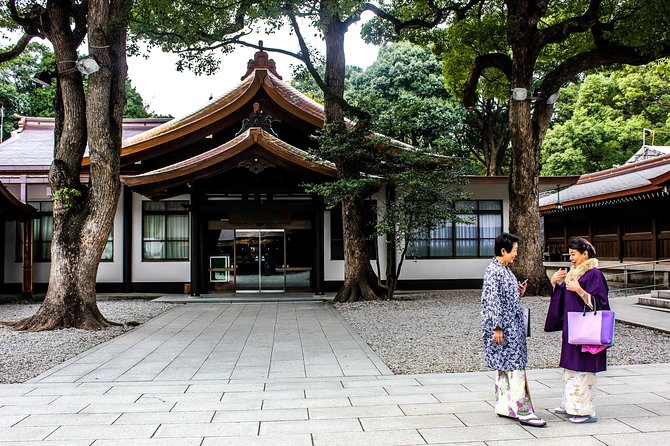
To sum it up, delving into the heart of Shintoism offers a profound understanding of Japanese culture, mythology, and lifestyle. Through exploring sacred shrines, participating in traditional rituals, and unraveling the mysteries of Shinto beliefs, one can gain insights into the spiritual essence of Tokyo.
This immersive journey not only enlightens but also inspires, showcasing the deep influence of Shinto practices on Japanese customs, traditions, and way of life. Embark on this adventure to unlock the secrets of Japan’s fascinating spiritual heritage.
